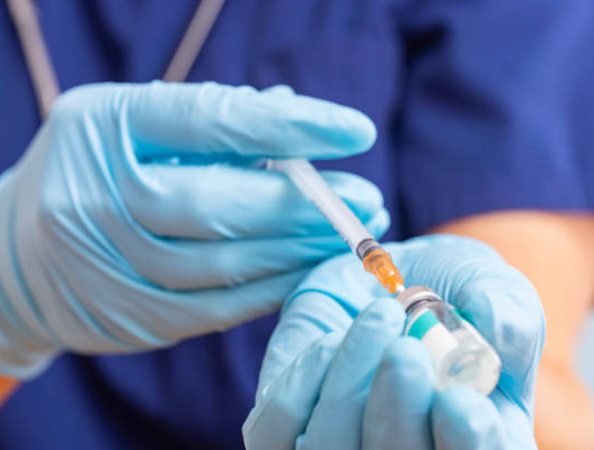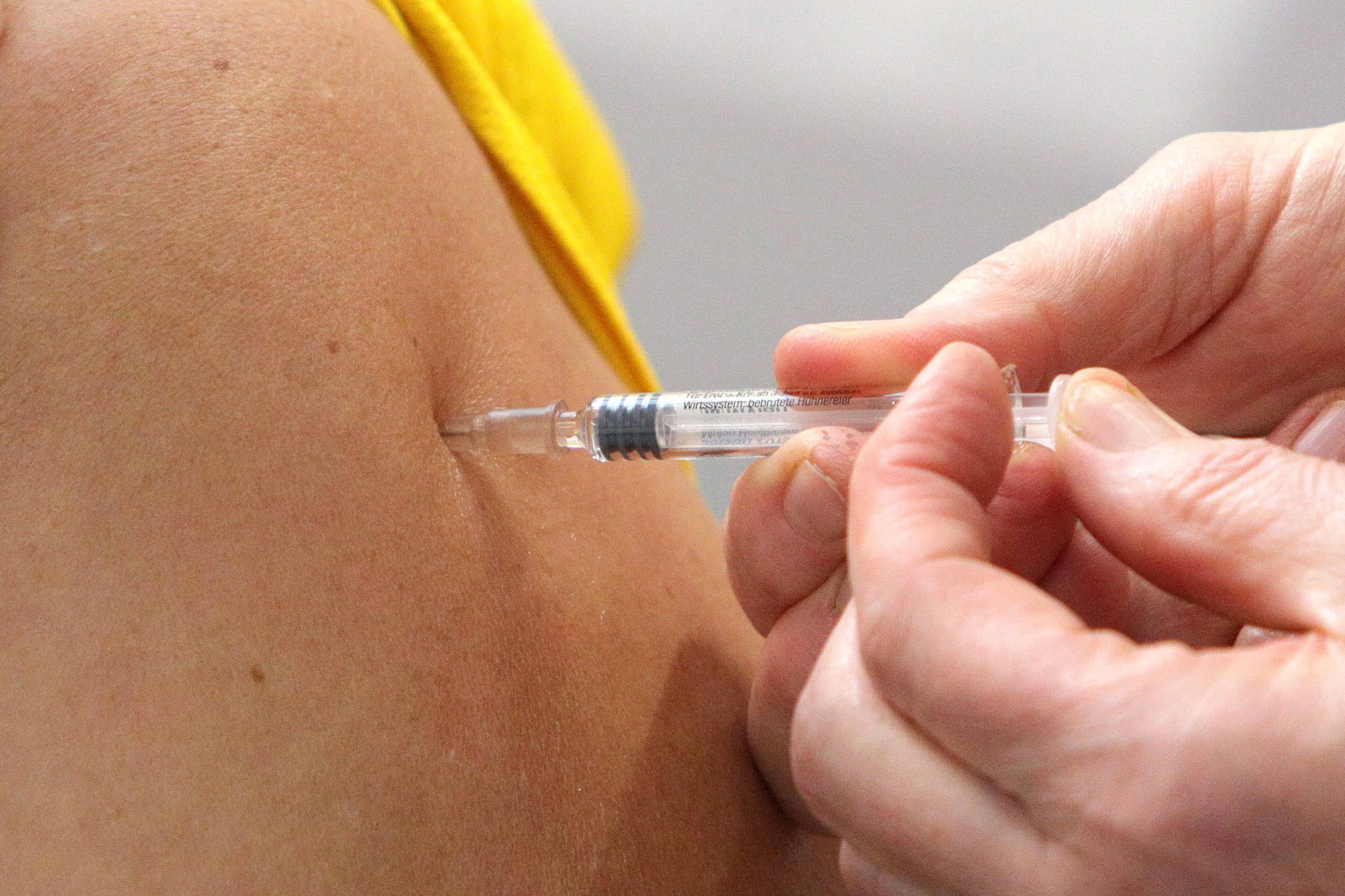Left or right arm? Science reveals that where you get vaccinated matters.

Behind every injection , a complex biological machinery is activated in a matter of seconds. Lymph nodes, memory cells, and antibodies begin their work as soon as the body receives the antigen. Although it has long been assumed that the injection location does not affect its effectiveness, new scientific research indicates otherwise.
The choice between the left or right arm often depends on comfort, habit, or current sensitivity. However, this decision is directly linked to the immune system and can influence how the body defends itself against future exposure to the pathogen.
During the immunization process, the vaccine antigen enters the body to simulate a real threat. From that moment on, the lymph nodes, which function as immune training centers, process the material and instruct cells to act quickly and accurately if the real virus appears.

Getting vaccinated twice in the same arm produces antibodies faster. Photo: iStock
Researchers from the Garvan Institute of Medical Research and the Kirby Institute at UNSW Sydney in Australia analyzed how the location of the vaccine in the body affects the patient. They found that, upon vaccination, certain macrophages in the lymph nodes are primed to activate immune cells if the booster dose is given in the same arm as the first.
“This is a fundamental discovery about how the immune system organizes itself to best respond to external threats: nature has created this brilliant system, and we are only just beginning to understand it,” said Professor Tri Phan, co-senior author of the study and director of the Precision Immunology Program at Garvan.
The local lymph node response is faster The work, published in the journal Cell , shows that macrophages located in the lymph nodes near the injection site play a key role in activating memory B cells , which are responsible for producing antibodies. When a booster dose is administered to the same arm, the response of these cells is faster and more efficient.
“We achieved this by analyzing the complex biology in mice and then showing similar findings in humans. All of this was done at the site where the vaccine response is generated: the lymph node,” explained Anthony Kelleher, Scientia professor and director of the Kirby Institute.
Using advanced intravital imaging, the researchers observed that memory B cells migrate to the outer part of the local lymph node, where they interact with macrophages already on alert after the first dose. These macrophages rapidly capture the antigen from the second dose and trigger more efficient antibody production.

The Pfizer-BioNTech mRNA vaccine was tested in humans. Photo: EFE
Macrophages are known to perform functions such as removing dead cells or devouring pathogens. This study indicates that they also participate in preparing the body for a faster and more effective second exposure. "Location does matter," concludes Rama Dhenni, co-senior author of the study.
Clinical trial with a COVID-19 vaccine To confirm the findings in humans, the Kirby Institute conducted a clinical study with 30 people who received the Pfizer-BioNTech mRNA COVID-19 vaccine. Twenty of the participants received the booster dose in the same arm, while the other ten were vaccinated in the opposite arm.
“Those who received both doses in the same group produced neutralizing antibodies against SARS-CoV-2 significantly more rapidly, during the first week after the second dose,” explained Alexandra Carey-Hoppé, co-lead author of the study and a doctoral student at the Kirby Institute.
The researchers also observed that the antibodies generated by those who received the vaccine in the same arm were more effective against virus variants, such as Delta and Omicron. “At four weeks, both groups had similar antibody levels, but that early protection could be crucial during an outbreak,” added Mee Ling Munier, co-senior author and leader of the Vaccine Immunogenomics group at the Kirby Institute.
Although the differences in protection narrow over time, the advantage in the first few weeks is significant in the context of a pandemic or against rapidly spreading viruses.
Implications for future vaccination campaigns These findings allow us to consider new strategies to improve the effectiveness of vaccination campaigns . Receiving all doses in the same arm could become a useful recommendation to accelerate the immune response, especially in scenarios where every day counts to contain the spread of a virus.
Research suggests this practice could help achieve herd immunity more quickly, a key goal for viruses that evolve rapidly and frequently generate new variants.
The study's authors emphasize that these results not only open the door to adjusting vaccination schedules, but also to further study the role lymph nodes play in immunological memory. Applying doses to the same area could become a standard for strengthening the body's response to infectious diseases.
The importance of vaccination, its guidelines, and precautions | I have the remedy More news in EL TIEMPO *This content was rewritten with the assistance of artificial intelligence, based on information from Europa Press, and reviewed by the journalist and an editor.
eltiempo




%3Aformat(jpg)%3Aquality(99)%3Awatermark(f.elconfidencial.com%2Ffile%2Fa73%2Ff85%2Fd17%2Fa73f85d17f0b2300eddff0d114d4ab10.png%2C0%2C275%2C1)%2Ff.elconfidencial.com%2Foriginal%2F733%2F79f%2F1c6%2F73379f1c629059d5f2ac5e27e4eacad5.jpg&w=3840&q=100)
